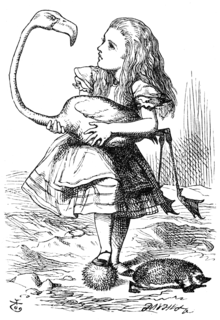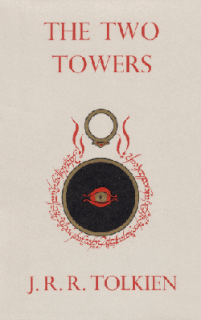This article is being considered for deletion in accordance with Wikipedia's deletion policy. Please share your thoughts on the matter at this article's entry on the Articles for deletion page. |
In J. R. R. Tolkien's fictional universe of Middle-earth, the Fords of Isen were fords in the river Isen, guarded by the Rohirrim. As the only crossing of the Isen into Rohan, they were of enormous strategic importance.

John Ronald Reuel Tolkien was an English writer, poet, philologist, and academic, who is best known as the author of the classic high fantasy works The Hobbit, The Lord of the Rings, and The Silmarillion.

Fiction broadly refers to any narrative consisting of imaginary people, events, or descriptions—in other words, a narrative not based strictly on history or fact. It also commonly refers, more narrowly, to written narratives in prose and often specifically novels. In film, it generally corresponds to narrative film in opposition to documentary.

Middle-earth is the fictional setting of much of British writer J. R. R. Tolkien's legendarium. The term is equivalent to the term Midgard of Norse mythology, describing the human-inhabited world, that is, the central continent of the Earth in Tolkien's imagined mythological past.
Contents
- Internal history
- First Battle of the Fords of Isen
- Second Battle of the Fords of Isen
- Aftermath
- Adaptations
- See also
- References
- External links
During the War of the Ring there were two battles at the Fords of Isen. [1] The first battle took place on February 25, 3019 of the Third Age. The second was on March 2, T.A. 3019. The battles were between Saruman's army and the Rohirrim of Rohan.
In the fictional high fantasy-world of J. R. R. Tolkien, the War of the Ring was fought between Sauron and the free peoples of Middle-earth for control of the One Ring and dominion over the continent. The War of the Ring took place at the end of the Third Age. Together with the Quest of Mount Doom, it is one of the overarching events of The Lord of the Rings. Gandalf and Elessar Telcontar led the free peoples of Middle-earth to victory over the Dark Lord.
Saruman the White is a fictional character and a major antagonist in J. R. R. Tolkien's fantasy novel The Lord of the Rings. He is leader of the Istari, wizards sent to Middle-earth in human form by the godlike Valar to challenge Sauron, the main antagonist of the novel, but eventually he desires Sauron's power for himself and tries to take over Middle-earth by force. His schemes feature prominently in the second volume, The Two Towers, and at the end of the third volume, The Return of the King. His earlier history is given briefly in the posthumously published The Silmarillion and Unfinished Tales.









